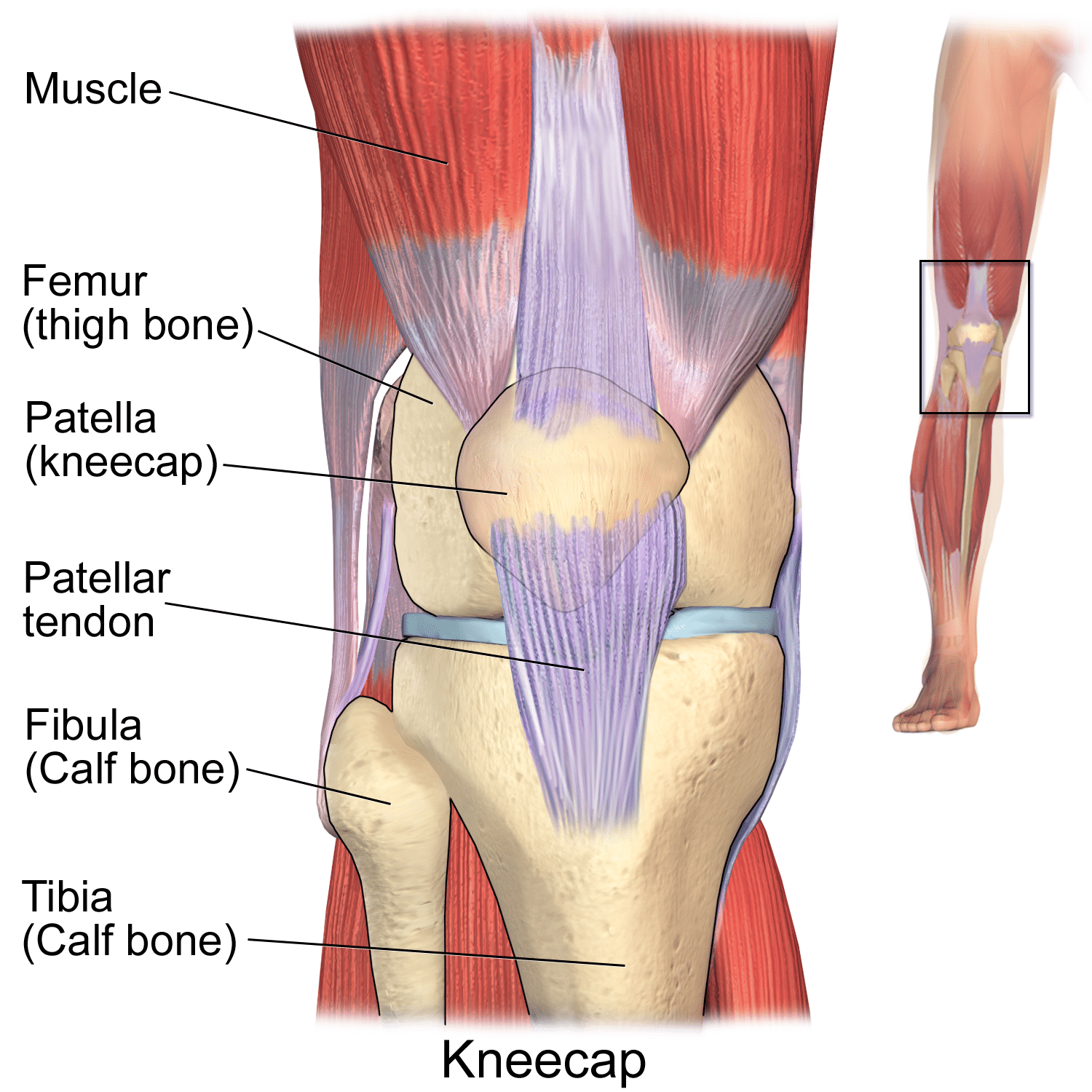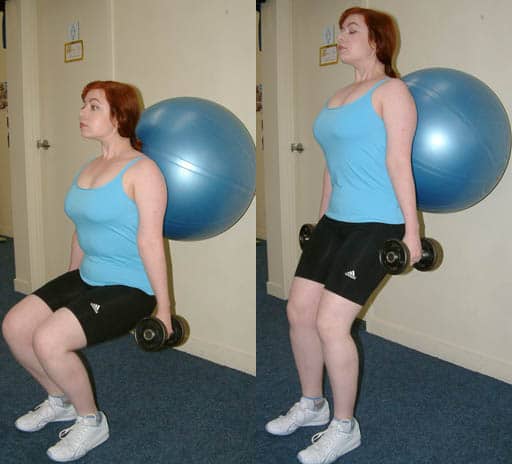Of all the major joints in the human body, few are as important as the knee joint. A healthy knee joint is paramount for supporting our mobility and freedom. The knee can wear out and break down and more quickly than other joints. For the aged and anyone who’s experienced sports injuries or accidents, knee joint pain is a severe problem. In this article, we look at the best exercises for bad knees and also note which ones to avoid.
Many people over 50 also suffer from osteoarthritis in one or both knees. This includes 10% of men and 13% of women over the age of 60. A type of arthritis that’s caused by inflammation, over time osteoarthritis breaks down the cartilage in the knee joints. Cartilage is the cushion at the end of each bone. Without that cartilage, the bones of the knee rub together and cause a lot of pain and stiffness.
What Are the Injuries that Can Cause Bad Knees?
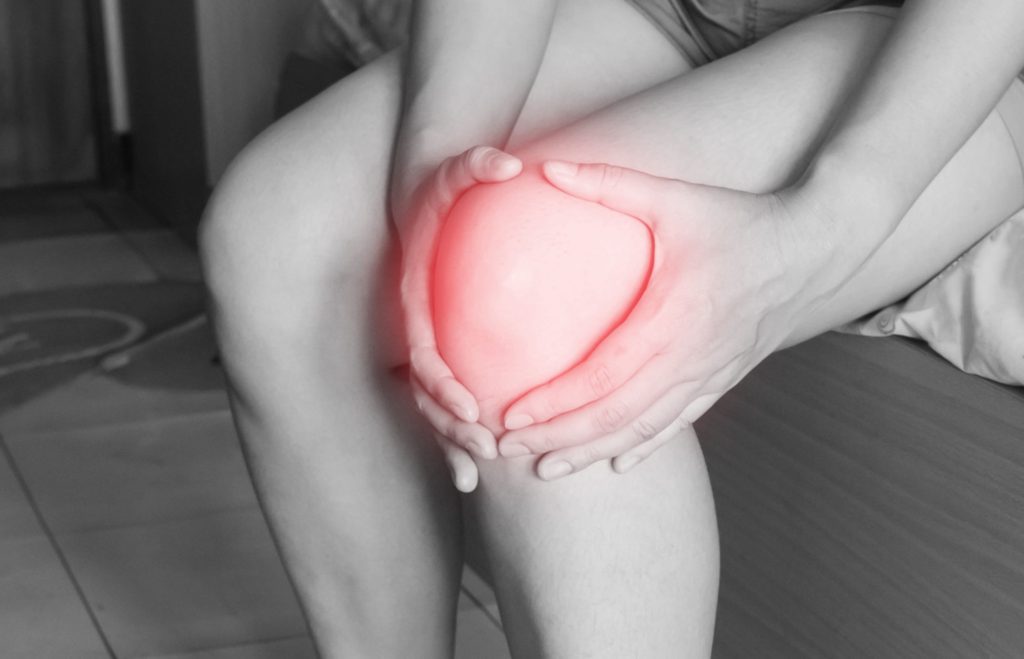
Whether from aging, accidents, or repeated sports injuries, the list of injuries that can occur to the knee isn’t long. However, if you’re suffering from one or more of them, the pain can be overwhelming and debilitating. Those injuries include:
- Iliotibial band syndrome: The iliotibial band is a ligament that attached the knee to the thigh. This ligament can become extremely tight and inflamed and cause significant pain.
- Meniscus tears: The meniscus is a softer tissue that cushions the knee joint. When torn (or degenerating badly), the pain can be excruciating.
- Patellofemoral pain syndrome: Pain in the front of the knee caused by the breakdown of cartilage between the kneecap and the patella.
If you’re suffering from one or more of these knee problems, one of the best things you can do is keep moving. If you live a very sedentary lifestyle, get up and get moving. That includes exercising, although, with bad knees, some exercises are better than others.
What Are the Best Exercises for People with Bad Knees?
The answer to this question depends on several different factors, including what caused the injury in the first place, a person’s age, and overall lifestyle, among others. Knowing this will help you to know which exercises will likely produce a positive, pain-reducing result and which will not.
Exercises Based on What Caused the Knee Pain
Knowing what’s going on inside the knee joint is paramount to determining the best exercises to perform. If inflammation is the root cause of your knee pain, two of the best activities would be yoga and water aerobics.
Pain Caused by Inflammation / Osteoarthritis
Inflammation and arthritis are often a result of old injuries or, unfortunately, getting older. With this type of pain, you want to stretch the joint muscles and keep them limber and loose. Do this with as low an impact on the knee joint as possible. Low-impact activities will help to reduce the inflammation and thus the pain.
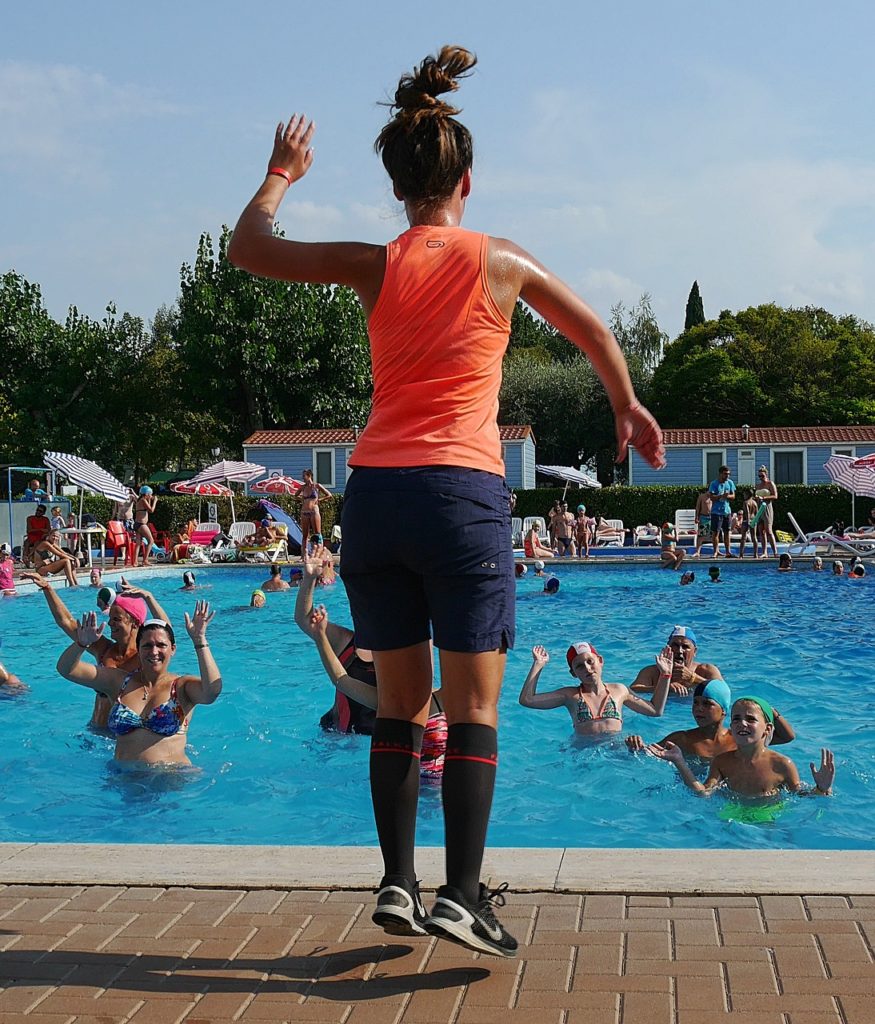
- Yoga: Deep, slow stretching exercises, yoga puts minimal impact force on the knee. Even better, it also stretches the muscles, ligaments, and tendons that support the knee. Yoga keeps them limber and reduces inflammation. Reduced inflammation reduces pain.
- Water Aerobics: Any type of exercise done in the water is excellent for the knee. The natural flotation of the water means that there is minimal or no impact forces on the knee.
Pain Caused by Lifestyle
It’s not just sitting that causes bad knees; it’s standing, working, lifting, and repetitive movements. Move your knees into positions contrary to those you’re using all day and give them the stretching and mobility they need to stay healthier.
- Seated Leg Extensions: If you sit a lot for work or pleasure, your knee joint doesn’t extend. Over time, your knee can start to degenerate, stiffen, and become painful. Seated leg extensions, easily performed in a seated position, can be beneficial. Simply raise your leg off the ground, one at a time, slowly and gently as far as you can. You can repeat this as often as you like to reduce your pain and relax the joint and surrounding tissue.
- NOTE: If a kneecap problem causes your pain, avoid extending over a 45-degree angle.
- Heel Lift: If you stand all day long, give your knees the chance to bend a bit more by doing heel lifts. It’s a simple exercise involving lifting the foot towards the buttocks and holding for 3 to 5 seconds. Repeat this exercise as many times as you wish, but we recommend 5- 10 repetitions 3 to 4 times a day.
- Wall Squats: If you run/jog and want to prevent injury, wall squats are great. Simply stand against a wall with your feet about 2 feet out in front of your body. Bend your knees and let your body slide down the wall, holding a 90-degree angle for about 20 to 30 seconds. Next, stand up again and repeat 3 to 5 times.
Pain Caused by Acute Injury
If you’re an athlete or someone involved in an accident playing sports, your knee pain is likely caused by what’s known as an ‘acute’ injury. If you’re younger and in better shape, strength training and exercises that concentrate on balance are the best for you.
- Bodyweight Squats: One of the most routine movements you make every day is to get up or sit down. Squats are very effective for lowering knee pain and rebuilding/strengthening the knee joint. Using bodyweight, simply squat down as low as you can go and then stand back up. As your knee pain improves, add more weight. You can repeat this 10 times in 3 sets.
- Straight Leg Raises: This exercise helps strengthen all the muscles, ligaments, and tendons that hold the knee bones together. From a seated position, you simply raise your entire leg off the floor and straight out in front of you. You can repeat this 10 times in 3 sets also.
What About Walking, Swimming, Bicycling, and Strength Training?
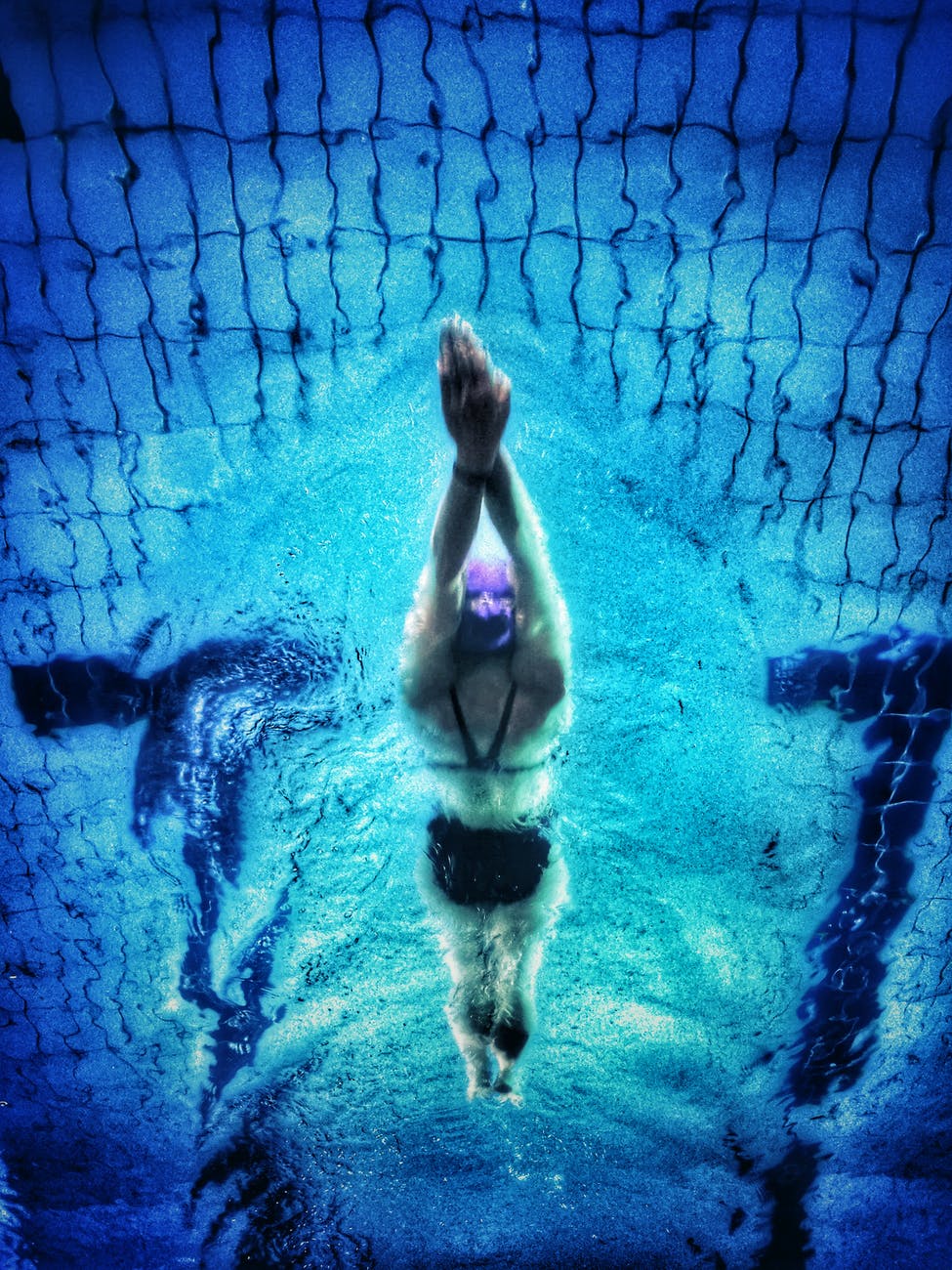
Depending on your situation and the cause of your knee pain, all 4 of these exercises should be excellent. The reason is simple; they are all low-impact and thus put less strain on your knees.
- Swimming is the best of the bunch, but of course, you need a pool or other body of water to practice.
- Bicycling is excellent as long, so as you’re already in good shape. And you’ll need a good, comfortable bicycle that allows you to sit up straight as you ride.
- Walking is excellent for almost anyone who can get up and around without needing a walker or other device.
- Strength training can be done at any age (at different levels) but, to do that, you need to be a member at a gym or have a lot of home equipment.
To Help Your Knees, Strengthen Your Hips
In many cases where a person has painful knees, one of the root causes is weak hips. The hips support the knees and, if they’re weak from sitting too much and not exercising, your knees will suffer due to this lack of support. Strengthening your hips will thus help your knees quite a bit. These next few exercises will help you to get stronger hips and lower your knee pain considerably in most cases. NOTE: Some of these exercises would be better on an exercise mat or a floor with padding or a rug.
- The Clamshell Stretch: Laying on one side to start, bend your knees at a 45-degree angle and let your legs sit on top of each other. Then, simply lift the top leg upwards, keeping your feet together. This looks similar to a clam opening its shell, and thus the name clamshell stretch. Keep your legs apart for about 3 to 4 seconds and then lower the top down again, which is one repetition. You can do this 10 to 15 repetitions per side and 2 sets each.
- Quadricep Sets: Laying down flat on your back, lift one leg so that you can put its corresponding foot flat on the floor. (It can also be straight out in front if keeping it bent is too painful or uncomfortable.) Then simply press your knee down into the floor slowly and firmly, holding for 10 to 12 seconds. That’s one repetition, and, with this exercise, you can repeat it 10 times per side and 2 sets per side.
- Gluteus Maximus Squeeze: The gluteus maximus muscle, commonly known as the ‘glutes,’ is one of the biggest and strongest muscles in the entire human body. Glutes are responsible for both the hip and thigh movements; keeping this muscle strong and flexible will help your knees quite a bit. To perform this exercise, simply stand up straight with your legs apart comfortably and squeeze your glutes together for 4 or 5 seconds, repeating up to 15 times.
What Exercises Should People With Bad Knees Avoid?
As with any joint problem, some exercises will exacerbate your pain and stiffness rather than alleviate it. (i.e. Make it worse instead of better.) Some of these are simply not good for people of advanced age. Others depend on the surface where you are performing the exercise, the worn footwear.
- Hurdler Stretches: This stretching exercise put a considerable amount of torque pressure on the knees and hips and ankles. Older folks should avoid this stretch.
- Full-arc Knee Extensions: This exercise puts immense pressure on the knees and should only be performed by younger people or those already in good shape.
- Lunges: Lunges also put a lot of pressure on the knee and, if you have a lot of pain or inflammation, should be avoided.
- Deep Squats: Older people or those with severe osteoarthritis should avoid deep squats because they put immense pressure on the knees and make them worse.
Conclusion
No matter what the cause of your knee pain happens to be, one of the best ways to reduce that pain and keep your knees in better shape as you get older is movement. Walking, swimming, bicycling, and strength training will all provide the movement you need to keep your knees healthy and working, as well as all of the other excellent exercises we’ve highlighted here.

